Section 1 / 1
-
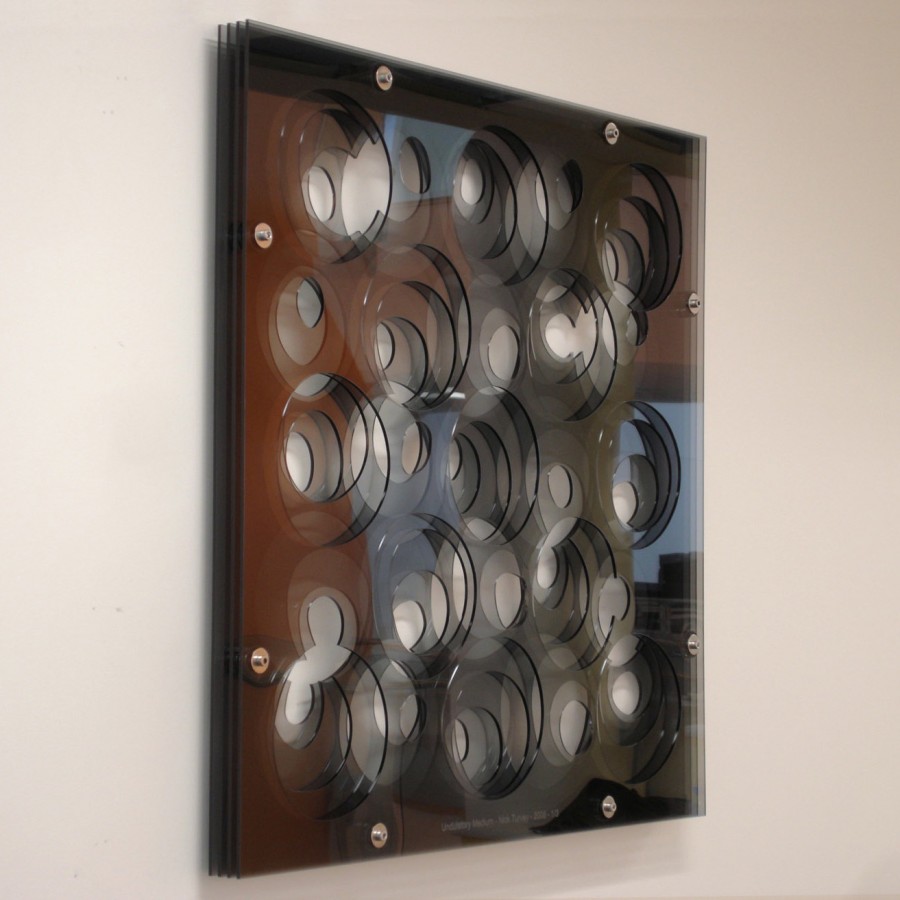 Undulatory Medium
Undulatory Medium -
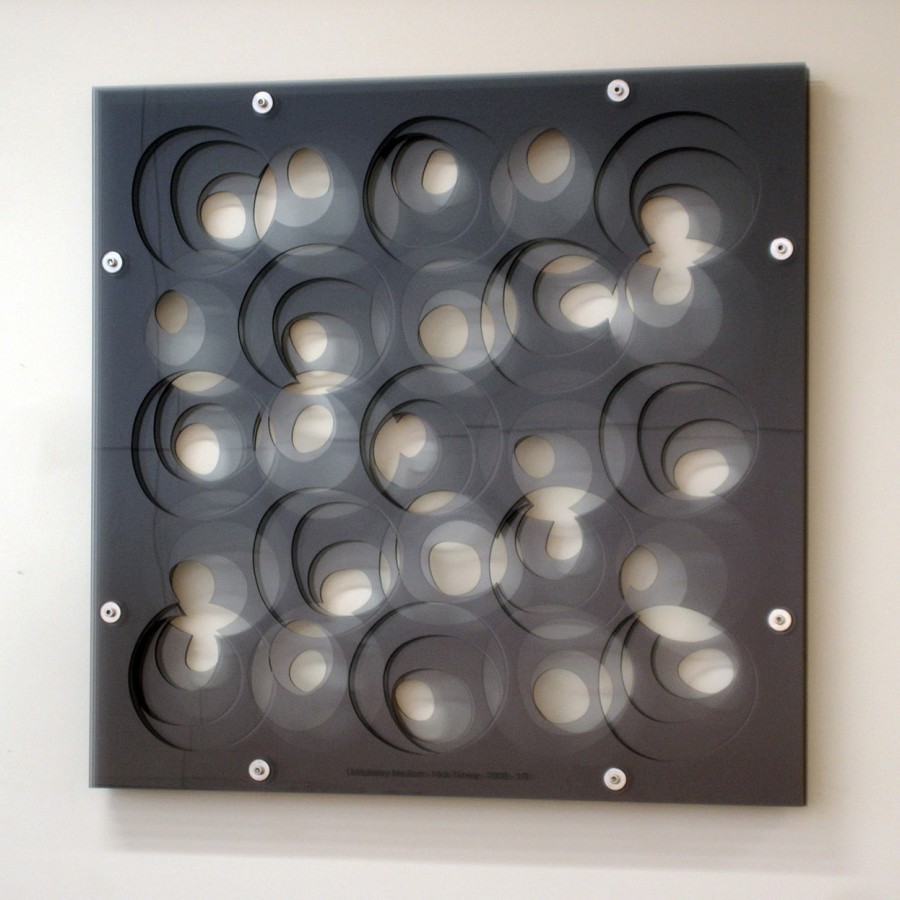 Undulatory Medium
Undulatory Medium -
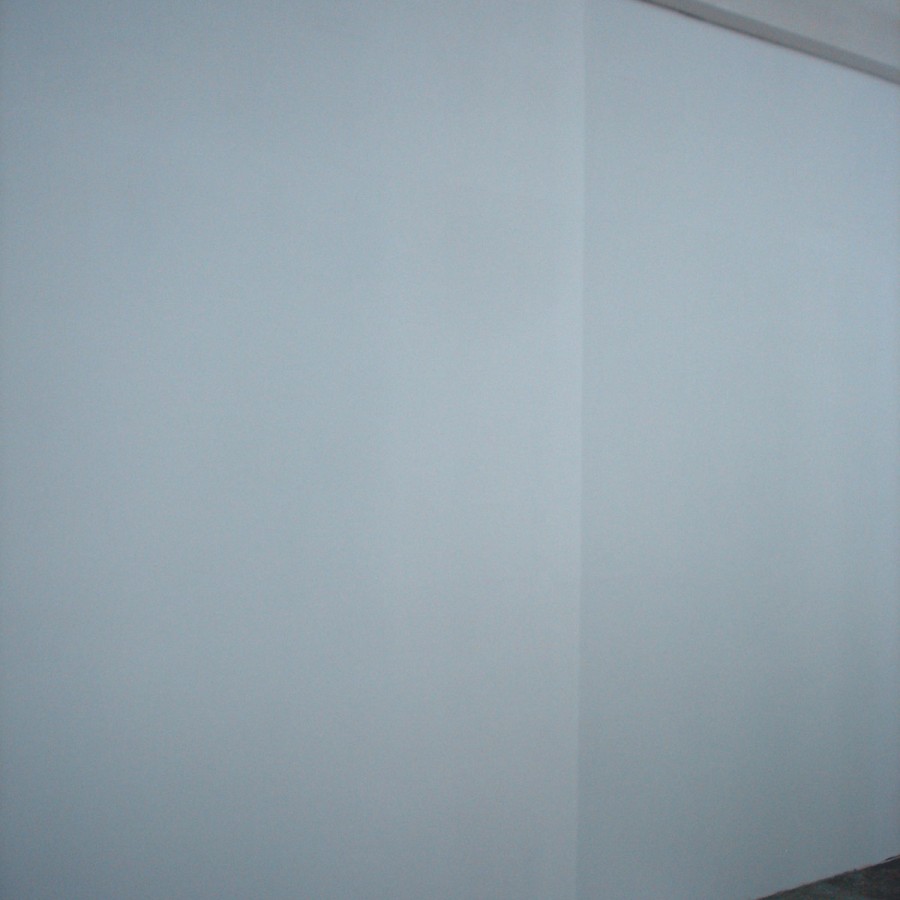 Once Given Universe
Once Given Universe -
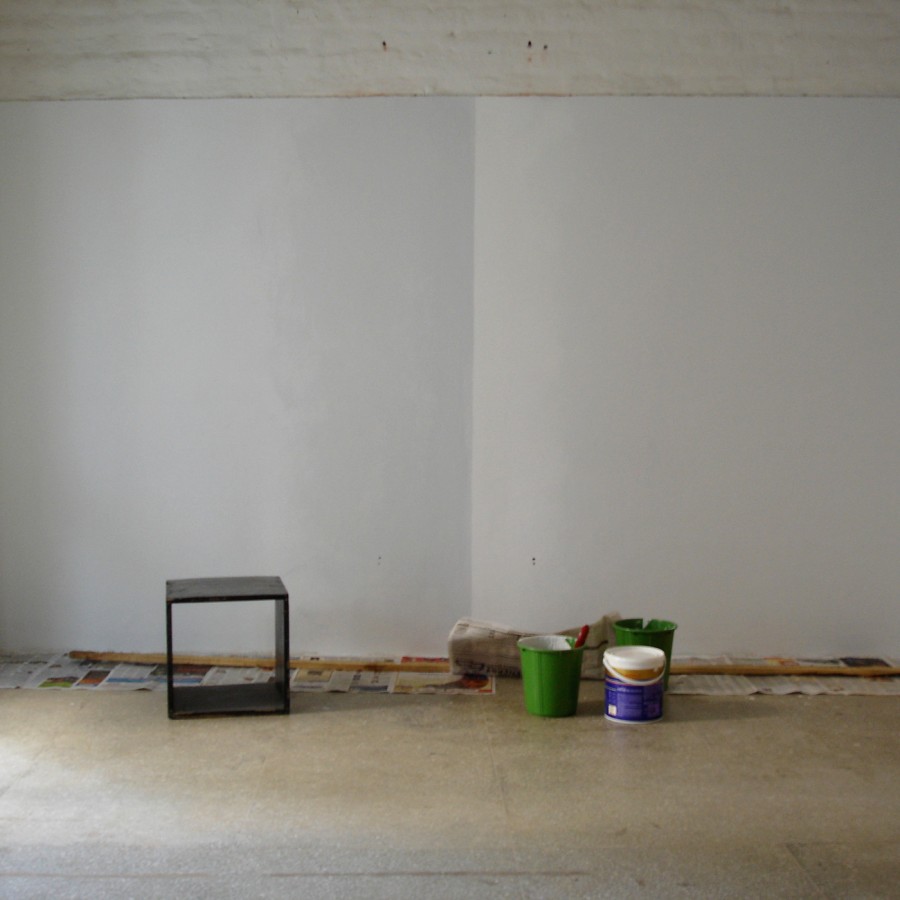 Once Given Universe
Once Given Universe
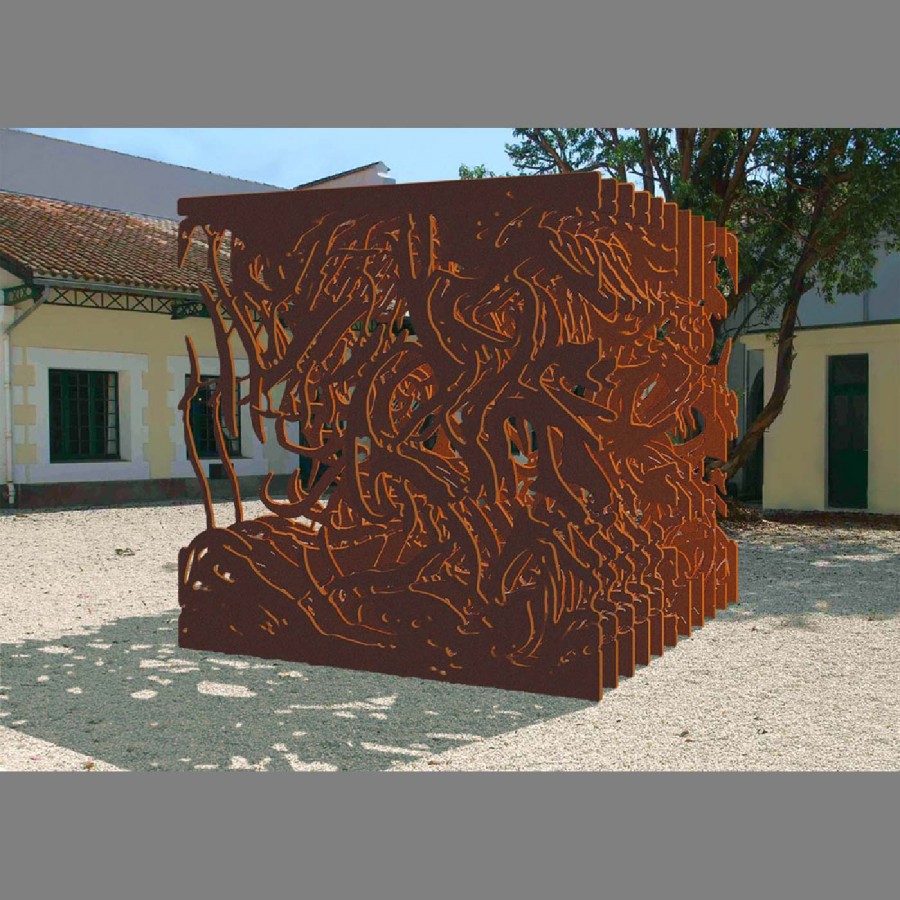
2010. Corten steel. 200 x 200 x 200 cm.
Project for Marseillan.

2009. Acrylic and stainless steel. 100 x 100 x 6 cm.
Commission for St. Helens & Knowsley Teaching Hospital. 19th century scientists believed the waveform of light propagated through a resonant medium called the luminiferous aether, which filled the whole of space. Despite the theory falling out of favour, when aether proved undetectable, the idea remains a potent metaphor for rendering tangible the invisible. In this wall sculpture, an array of illusory volumes is created by the surrounding matrix, embodying many different dimensions of movement, oscillation, and rotation.

2009. Acrylic and stainless steel. 100 x 100 x 6 cm.
Commission for St. Helens & Knowsley Teaching Hospital. 19th century scientists believed the waveform of light propagated through a resonant medium called the luminiferous aether, which filled the whole of space. Despite the theory falling out of favour, when aether proved undetectable, the idea remains a potent metaphor for rendering tangible the invisible. In this wall sculpture, an array of illusory volumes is created by the surrounding matrix, embodying many different dimensions of movement, oscillation, and rotation.
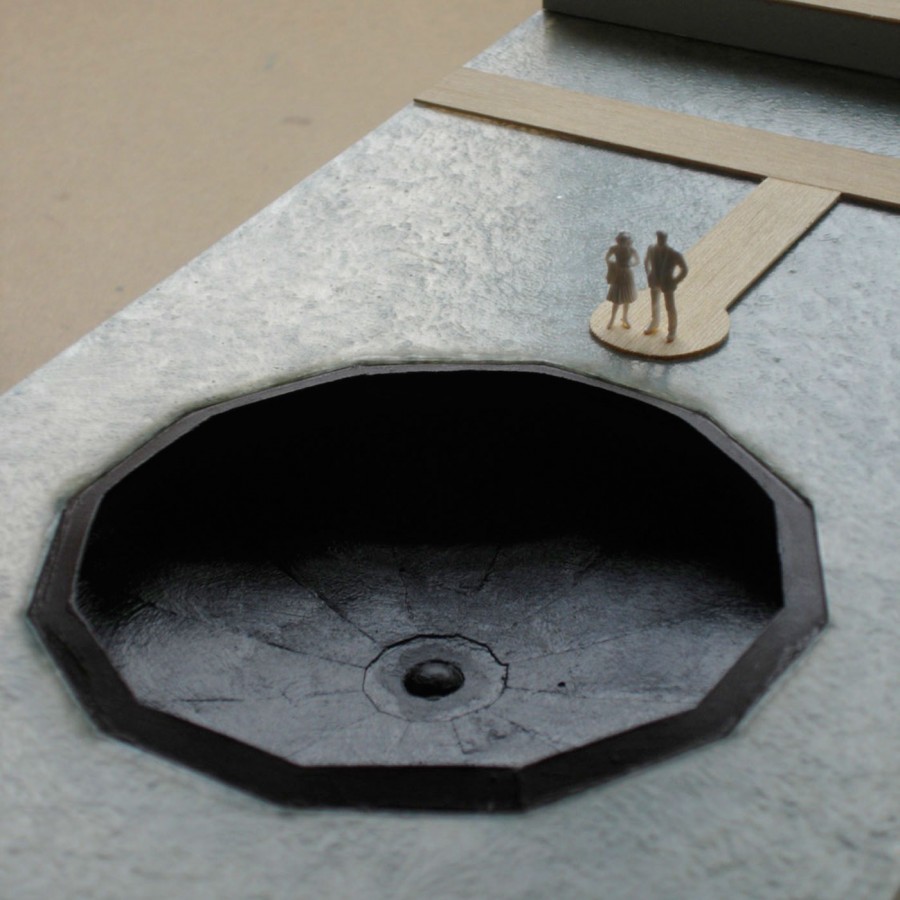
2008. Steel & bitumen. 14 m (dia.) x 6 m (h).
At high tide, water will slowly begin to spill over the edge, building in volume until it becomes a thunderous cascade. The void is filled and, for a brief time, the sculpture disappears completely. But, as the tide falls, the vessel drains and emerges again, in an endless cycle of renewal, a reminder of change as the only reality.
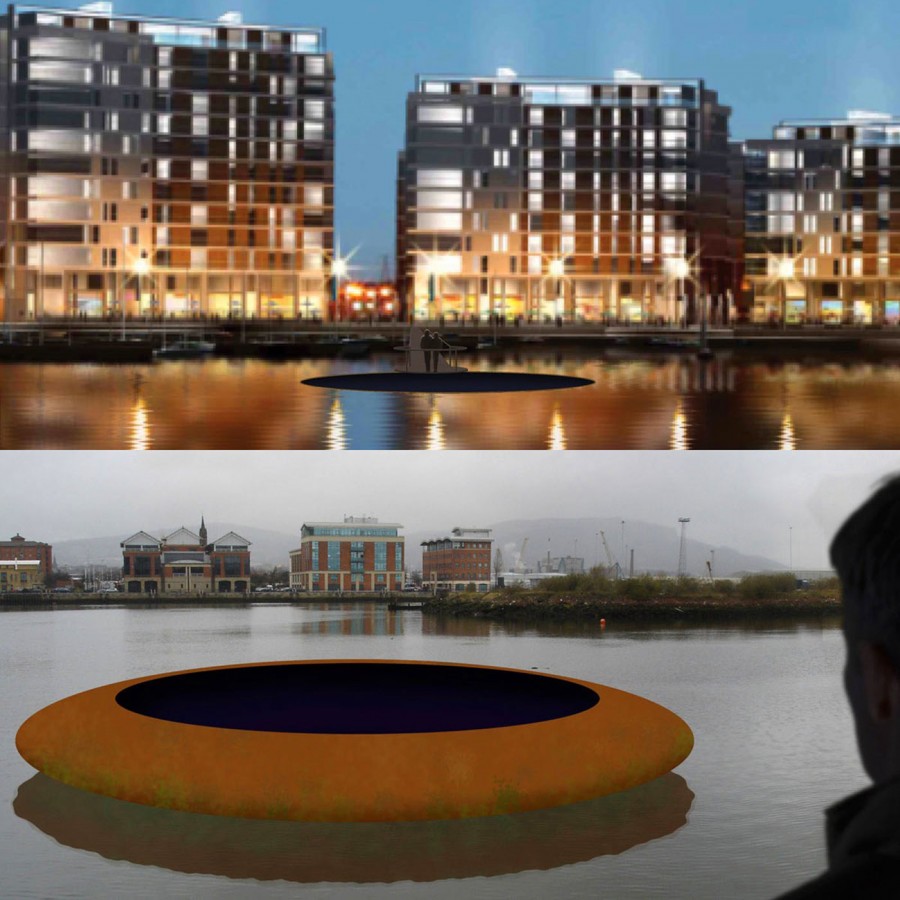
2008. Steel & bitumen. 14 m (dia.) x 6 m (h).
Project for Belfast. Developed in association with Dewhurst Macfarlane. Shortlisted for lead artwork commission in the Titanic Quarter development.
A giant steel vessel, an ambiguous hybrid of rusty spaceship, lotus bud and industrial relic, seems to hover on the water. As the tide rises, it is slowly submerged and, as this happens, object is transformed into void. Eventually, with waves rippling around its rim, the sculpture becomes a massive, paradoxical hole in the water – a dark, resonant absence, a space of memory, of loss and forgetting, histories both personal and collective.

2007. Plywood, emulsion paint, fluorescent light. Dimensions variable.
How frequently do we see what we have learnt to see, rather than what is actually there? In this installation, Light, and our perception of it, is both subject and medium. Is one half of the wall darker, or is the other lighter? A relativistic optical illusion conceals the underlying unity. In the context of Delhi, a city that I experienced as deeply segregated, the work reminds us of the importance of a shared conception of space. Installation created at KHOJ studios in Delhi, during an Arts Council International Fellowship.

2007. Plywood, emulsion paint, fluorescent light. Dimensions variable.
How frequently do we see what we have learnt to see, rather than what is actually there? In this installation, Light, and our perception of it, is both subject and medium. Is one half of the wall darker, or is the other lighter? A relativistic optical illusion conceals the underlying unity. In the context of Delhi, a city that I experienced as deeply segregated, the work reminds us of the importance of a shared conception of space. Installation created at KHOJ studios in Delhi, during an Arts Council International Fellowship.